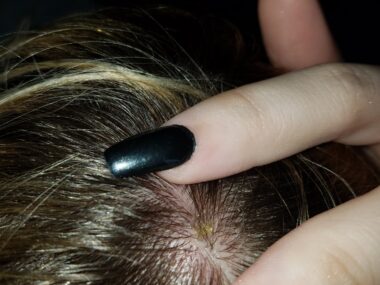Brisk walking is a form of moderate intensity aerobic exercise that involves walking at a faster pace than your usual walking speed. It is a simple yet effective form of exercise that offers a wide range of health benefits.
It is characterized by a steady and rhythmic gait, where you’re walking with purpose and putting in more effort compared to a stroll.
Tips for Effective Brisk Walking:
- Find Your Pace: Walking at a pace that challenges you but still allows you to maintain a conversation. Aim for a pace faster than your normal walking speed.
- Warm Up: Start with a few minutes of easy walking to warm up your muscles and gradually increase your pace.
- Use Proper Form: Maintaining an upright posture, engaging your core muscles, and swinging your arms naturally as you walk.
- Choose Comfortable Shoes: Ensure you wear supportive and comfortable walking shoes that provide proper cushioning and arch support.
- Stay Hydrated: Drink water before, during, and after your walk to stay hydrated, especially on hot days.

6. Incorporate Intervals: Consider adding short bursts of faster walking or uphill walking to increase intensity and challenge your cardiovascular system.
7. Stay Consistent: Aim for at least 150 minutes of moderate-intensity aerobic activity per week. Break it down into manageable sessions, such as 30 minutes a day, five days a week.
8. Cool Down: After your brisk walk, gradually slow down your pace and perform some gentle stretches to cool down your muscles.
Incorporating Brisk Walking Into Your Routine:
- Commute: If possible, walk to work or run errands instead of using a vehicle.
- Lunch Breaks: Take a brisk walk during your lunch break to refresh your mind and boost your energy.
- Nature Walks: Enjoy the outdoors by taking brisk walks in parks or nature trails.
- Treadmill: If outdoor walking isn’t feasible, you can still achieve a brisk walk on a treadmill.
- Walking Groups: Join a walking group to make brisk walking a social activity and stay motivated.
- Phone Calls: Make phone calls while walking to sneak in extra steps and movement.

key advantages of brisk walking
- Cardiovascular Health: Brisk walking is a cardiovascular exercise that elevates your heart rate, improving the health of your heart and circulatory system. Also, It helps strengthen the heart muscle, enhances blood flow, and reduces the risk of heart disease.
- Weight Management: Brisk walking is a low-impact way to burn calories, making it effective for weight management and fat loss. It helps create a calorie deficit and supports overall body composition goals.
- Improved Mood: Physical activity, including brisk walking, triggers the release of endorphins natural chemicals that boost mood and reduce stress and anxiety.
- Bone Health: Weight-bearing activities like brisk walking help maintain and improve bone density, reducing the risk of osteoporosis and fractures.
- Muscle Strength and Tone: Brisk walking engages various muscles in your legs, core, and arms. It helps tone and strengthen these muscle groups, leading to improved overall muscle function.
- Joint Health: Walking is a low-impact activity that puts less stress on the joints compared to high-impact exercises. It can be particularly beneficial for individuals with joint issues or those who need a gentle form of exercise.
- Boosted Immune System: Regular moderate exercise, like brisk walking, has been shown to enhance the immune system’s function, potentially reducing the risk of infections.
- Blood Sugar Regulation: Brisk walking can help improve insulin sensitivity, aiding in the management and prevention of type 2 diabetes. It helps regulate blood sugar levels and reduces the risk of insulin resistance.
- Improved Digestion: Walking can support digestion by stimulating movement in the digestive tract and promoting regular bowel movements.
- Cognitive Benefits: Physical activity, including walking, has been linked to improved cognitive function, memory, and brain health.
- Better Sleep: Engaging in regular physical activity, such as brisk walking, can contribute to better sleep quality and help regulate sleep patterns.
- Social Interaction: Brisk walking can be a social activity when done with friends, family, or in group settings. Social interaction can further contribute to mental and emotional well-being.
- Accessible and Convenient: Walking requires minimal equipment and can be done almost anywhere around your neighborhood, at a park, or even indoors on a treadmill.
- Lifestyle Integration: Brisk walking is an easy activity to incorporate into your daily routine. It can serve as transportation, a break during work, or a way to enjoy nature.
- Longevity: Regular physical activity, such as brisk walking, is associated with increased longevity and a lower risk of chronic diseases.
However, remember that the intensity and duration of your brisk walk can impact the benefits you receive. Aiming to at least 150 minutes of moderate-intensity aerobic activity, such as brisk walking, per week.
Also, you can break this down into shorter sessions throughout the week to make it more manageable.
Lastly, always ensure to warm up before your walk and wear comfortable shoes to support your feet and posture. If you have any underlying health conditions, it’s advisable to consult with your healthcare provider before starting a new exercise routine.










